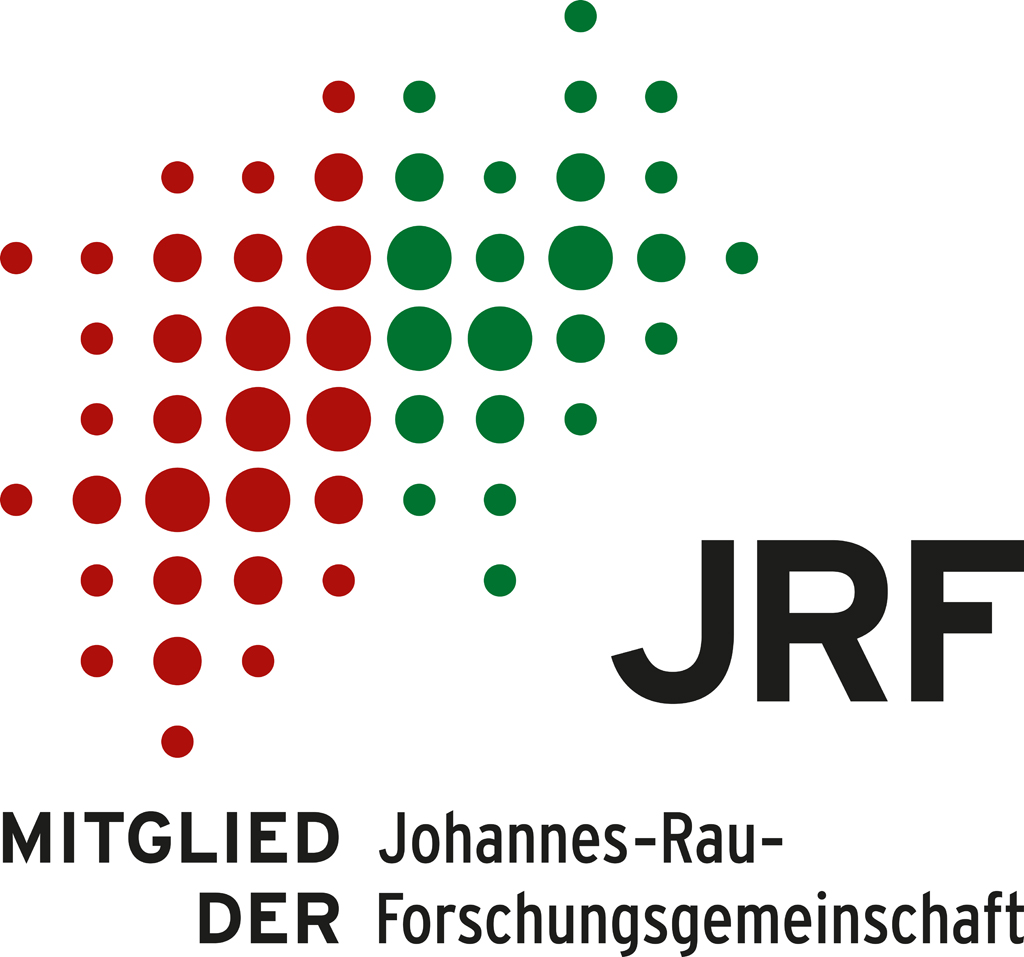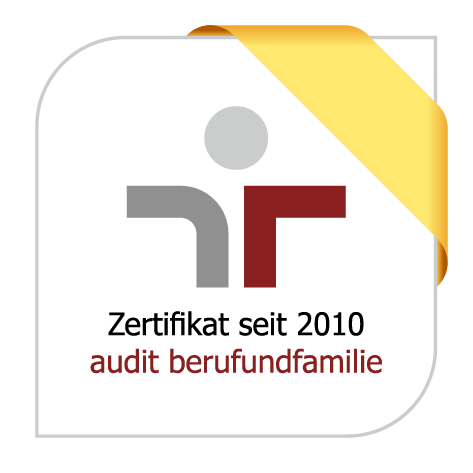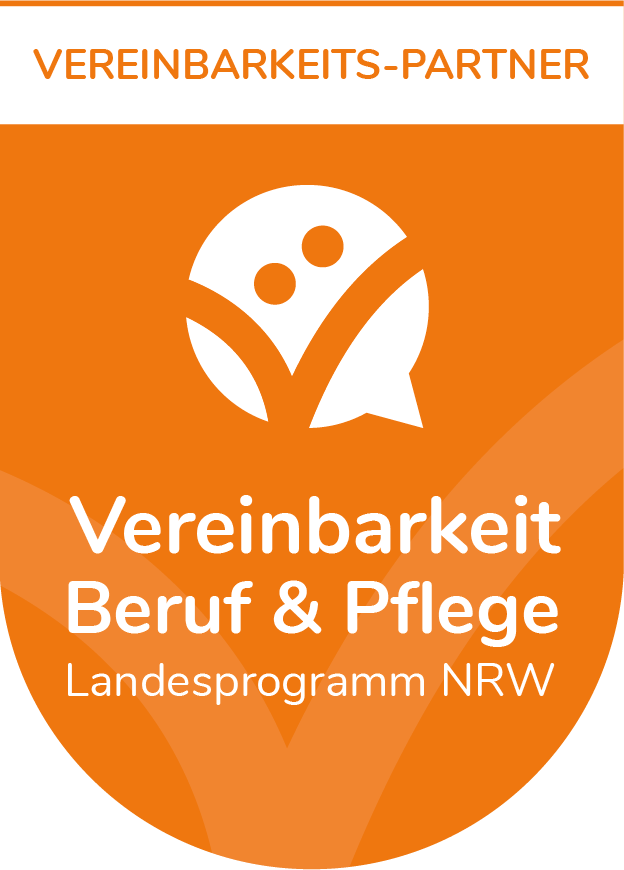Berichte aus der Forschung
Brownfield Redevelopment and Coordinated Land Use Planning Policy in Portland, Oregon and Düsseldorf, North Rhine-Westphalia
Redevelopment of brownfields is widely recognized in the United States and Germany as an opportunity to promote economic, community, and sustainable development, as well as public and environmental health (Umweltbundesamt, 2005; Grimski and Ferber, 2001; Tomerius, 2001; US EPA, 2014). In recent years, public sector entities in the Portland, Oregon metropolitan region have undertaken a renewed focus on redevelopment of brownfield sites. Seeking to build upon well-developed state and local government programs, several studies have been conducted to assess the brownfields situation and develop policy proposals for brownfield redevelopment, particularly based on model policies from other US states and cities (City of Portland BPS, 2012b; Homolac, 2011; Metro, 2012; Port of Portland et al., 2004; PDC, 2010).
This paper compares brownfield and urban planning policies and strategies in Portland and Oregon with those in Düsseldorf and Germany, and seeks to enrich the policy discussion in each place based on those findings. To conduct the research, I reviewed relevant planning and policy documents and scholarly literature from Oregon and Germany, as well as interviewed policymakers and practitioners in Germany. I conducted approximately two dozen semi-structured interviews during 2014 and 2015, asking questions about brownfield remediation and redevelopment and urban planning instruments, institutional structures, policies, goals, and strategies in Düsseldorf, North Rhine-Westphalia, and elsewhere in Germany (see Appendix). I supplemented this research with information from experts in Oregon.
First, this paper provides portraits of Portland and Düsseldorf. It then reviews the applicable terminology and brownfield situation in the two cases studies and discusses the respective land use planning policy frameworks and use of associated targets to measure and drive outcomes. The paper then discusses the contaminated site regulatory frameworks and compares and contrasts the approaches to investigation and availability of data on potentially contaminated sites, the process for site assessment, and public sources of funding. The paper concludes with a discussion of the findings, limitations, and areas for future research.
[« zurück]






